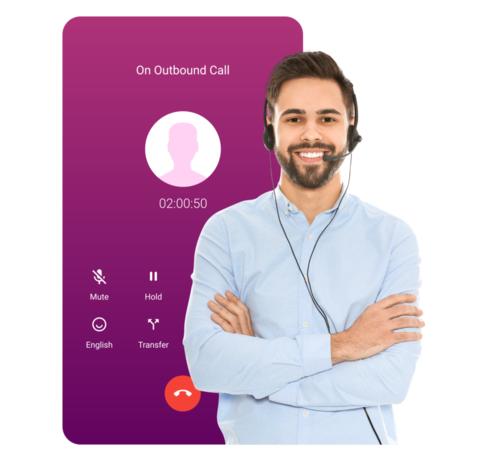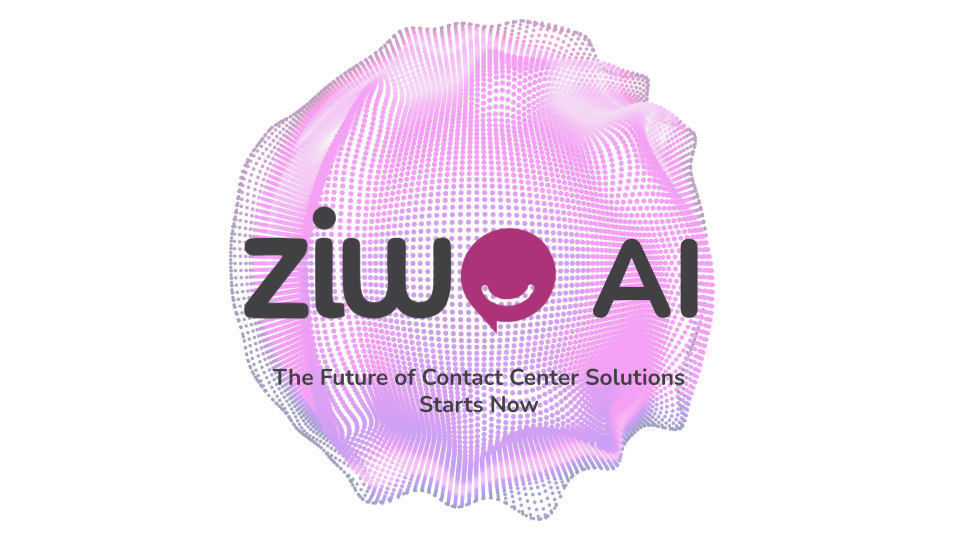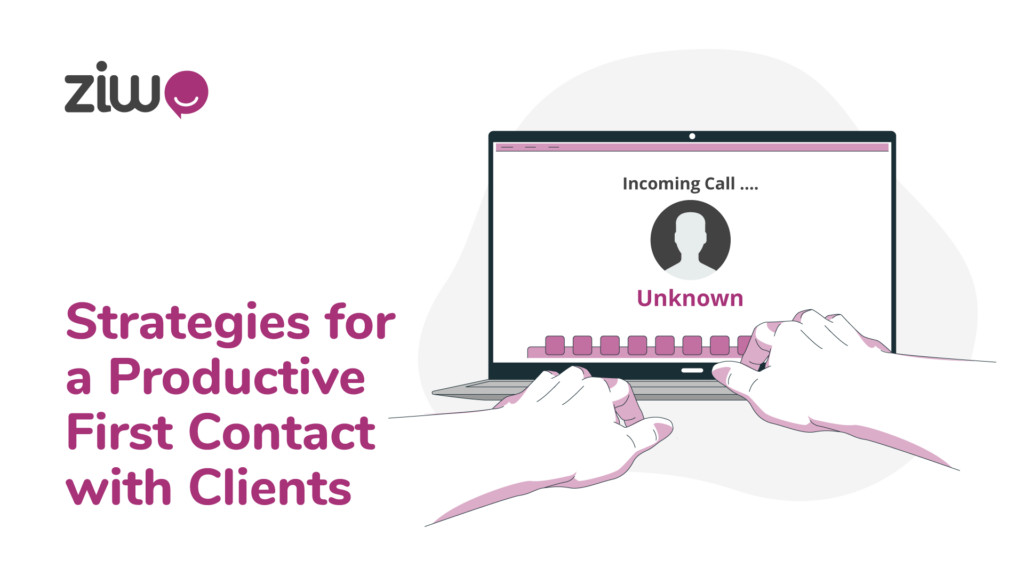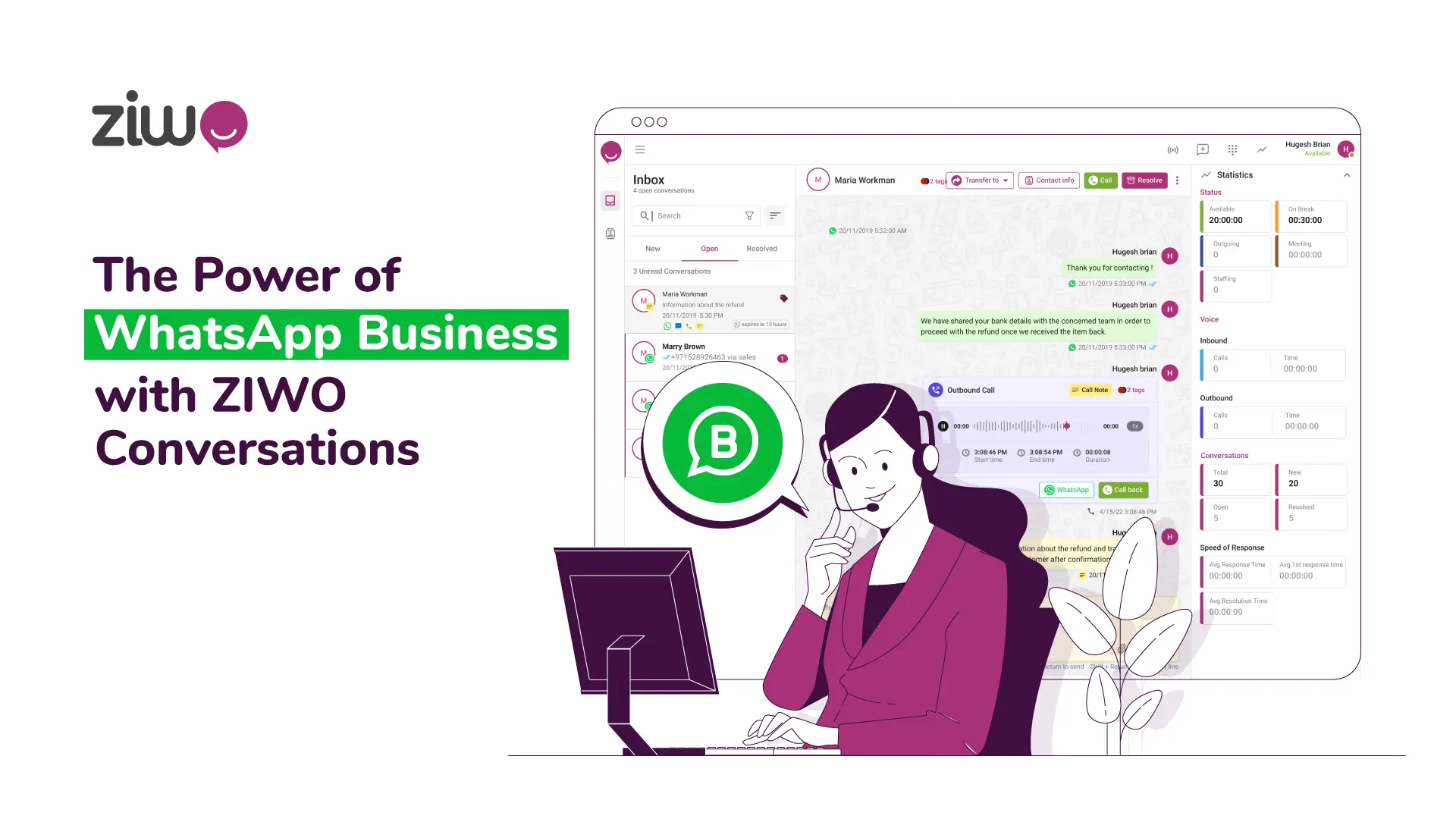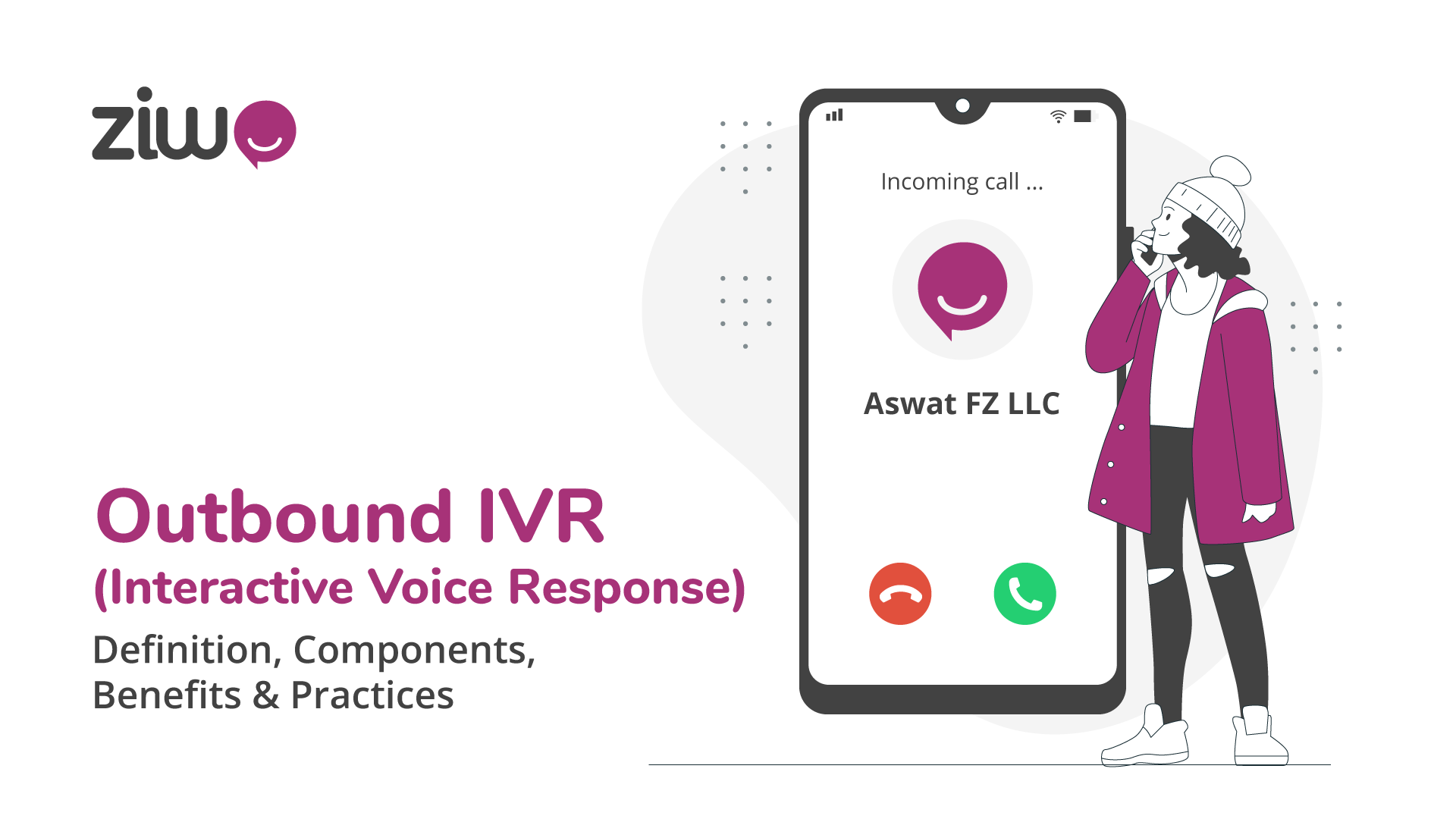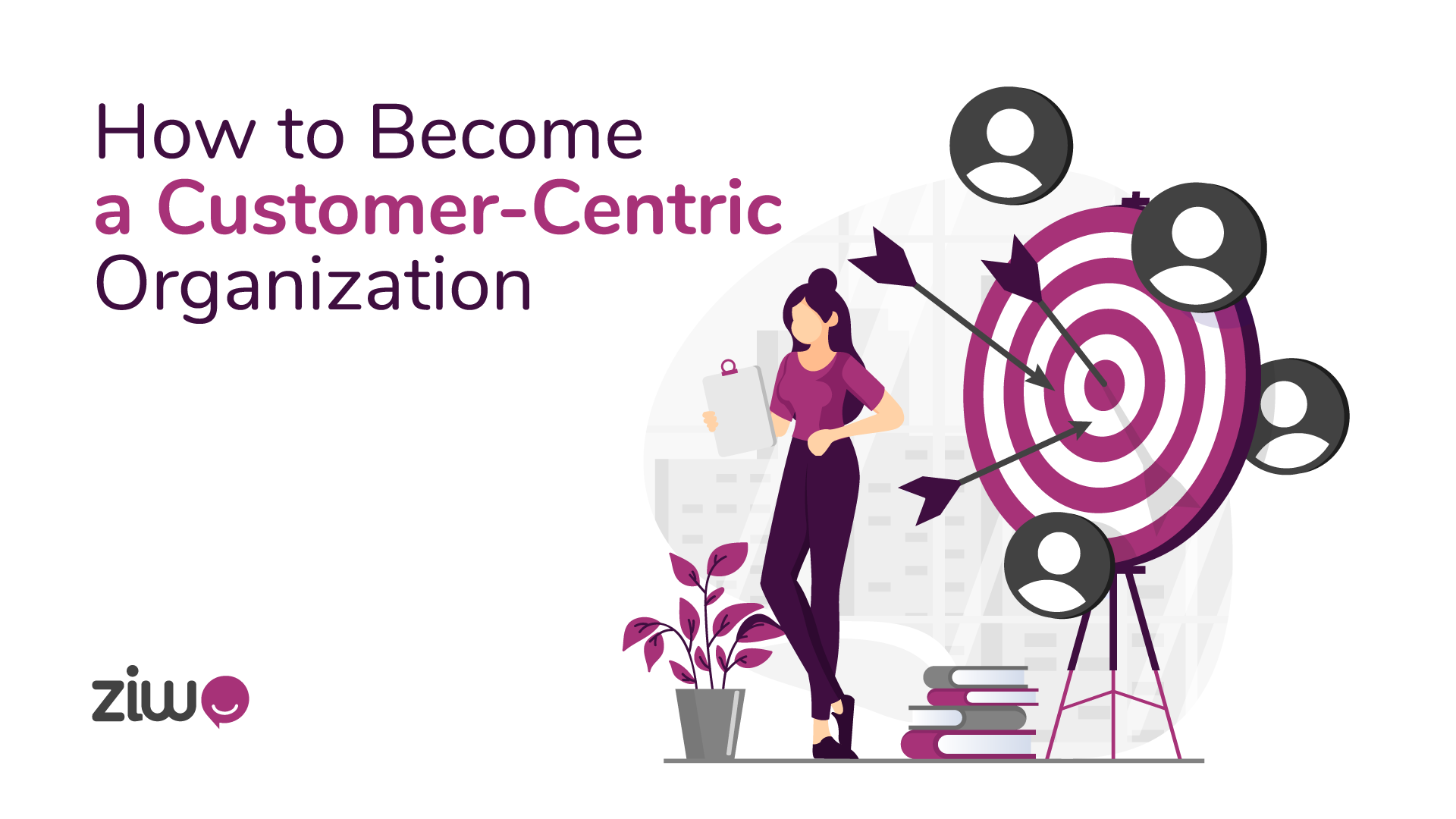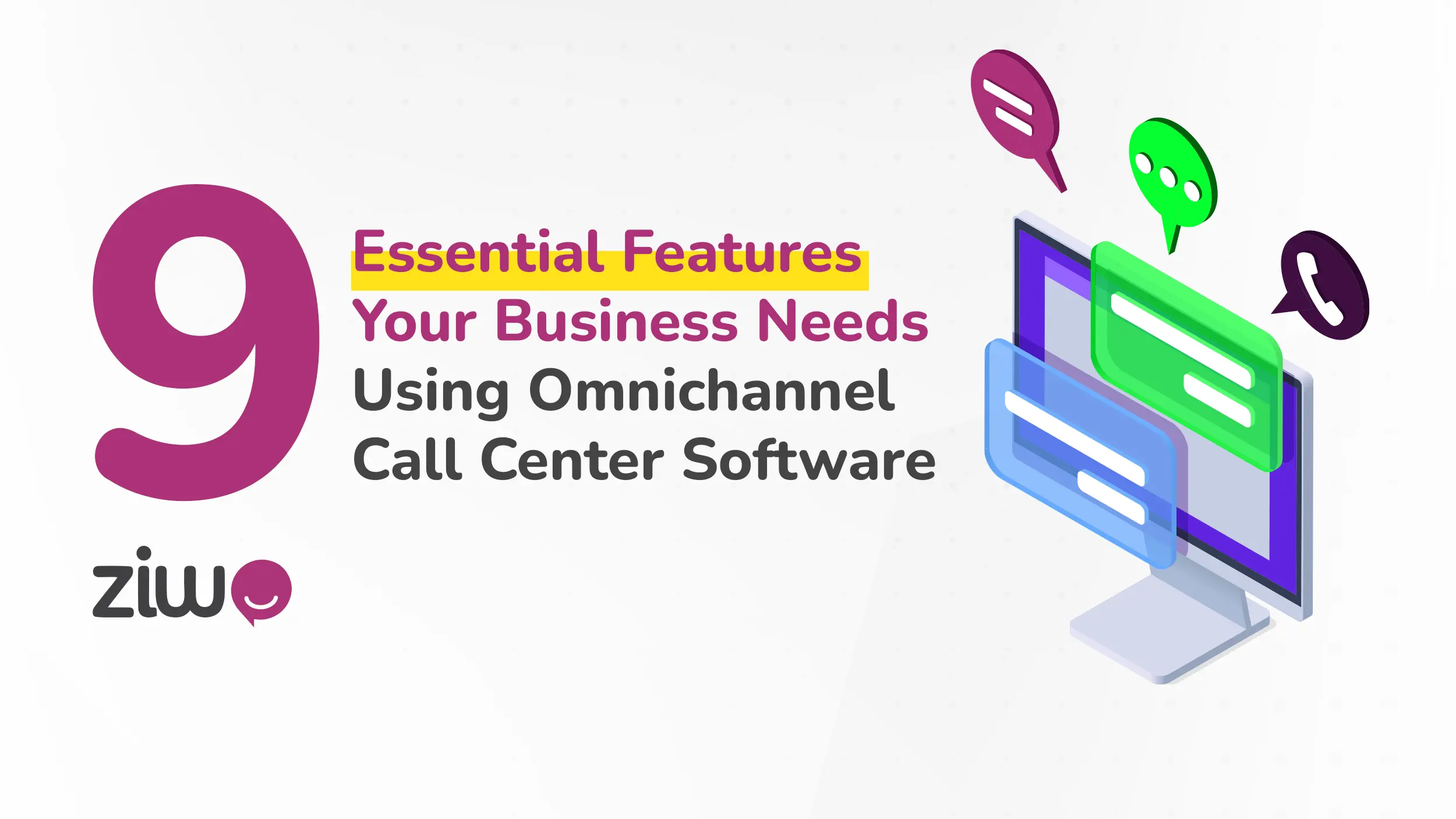
Omnichannel Call Center Software: 9 Essential Features Your Business Needs
Establishing an interconnected relationship between all the channels through which you communicate with the customer, directly and indirectly, is no longer a daydream!
Omnichannel call center software can be a welcome relief for customer service managers, helping them easily meet their coordination expectations.
To simplify, imagine a customer who contacts your call center to express his complaint. The agent promises him technical support will work on it. Fifteen minutes later, the customer starts a conversation with the business via a chat messenger to follow up; the live agent responds that the technical team knows the cause of the issue and explains it to the customer. The specialists will resolve it within an hour.
The customer communicated with two different agents through two different platforms, but the second agent was aware of the problem thanks to the omnichannel software.
Do you need to know more about this technology?
Read the article until the end and learn the most essential features of omnichannel call center software!
1- Seamless Integration Across Channels
A seamless integration feature unites sales, customer service, marketing, and account management. Consider this case to recognize its benefits.
Your agents can personalize the customer experience and make it more data-oriented. They’ll know the customer’s interests, preferred platforms for seamless communication, social media platforms he engages with, and more.
So, it’s not about a multi-channel experience where the business manages several channels the customer uses, as this might be a lack of comprehensive coordination. In the case of omnichannel call center software, every activity the customer does, and every piece of information the customer delivers to a particular platform reflects on the rest.
Customer support becomes seamless, regardless of the used platform; the agent has accessibility to the customer's past interactions and knows the context that the customer before the customer does a follow-up or repeats a second try for resolution.
Now, customer service always needs various solutions that support the customer from many points of view. This has led 75% of call centers to adopt multiple support channels1, offering their services via voice, email, live chat, and social media. This ensures seamless omnichannel integration.
2- Advanced Routing and Distribution
Based on the preset criteria, whenever your call center receives a call, it’s routed according to the available options the center offers to the customer and his needs. So, the system routes the call to the correct department, and then the omnichannel call center software will distribute it to the most suitable agent in the queue. But what could be the factors that control this process?
Skill-Based Routing
Many call centers adopt skill-based routing, especially if they seek efficiency and quickly meet customers' requests. The software connects the customer to the most relevant skill that will help him resolve his issue or reply to his inquiry; it gives this factor the highest priority.
The skills-based routing (SBR) strategy is independent of the available agent, whoever he is. The solution is to select the suitable agent wisely for the call.
The solution combines three significant factors for omnichannel call center software: the agent's skill, availability, and the customer's preferred communication channel.
The system directs the customer's ticket to the agent who can handle the issue. The agent will contact the customer via phone, email, and messaging apps.
On applying the SBR strategy, you can categorize agents based on their skills:
- Language proficiency
- Product knowledge
- Problem-solving ability
- Experience level
Priority Queuing
A call queue is a virtual line the customer joins to complete his request and wait based on the call's order. With the launch of omnichannel call center software, queues became not only for calls, as live chats became part of the equation. So, queues become a crucial part of managing real-time reach outs.
Now, you might ask about the key control factors that affect priority queuing; they surely include:
- Call type: Is it a price inquiry? Or is the customer unable to use the product properly? Or is the product facing a technical problem that the customer needs to resolve?
- Customer priority: You might have categorized your customers into loyal, key accounts, and new customers, for example. Each category has a different priority.
- Issue severity: Based on the customer's input, the specialists will quickly solve the problem in no time, or it might take a lot of back-and-forth calls.
3- Real-Time and Historical Analytics
Real-time analytics and reporting are crucial elements in omnichannel call center software. Historical analytics do not only deal with the customer’s data but also utilize the agents’ performance and activities. So, the solution turns raw data produced into analytics that help your business learn more about your customers and agents. Thus you can make data-based decisions.
Agent’s Analytics
The reports and analysis the software provides come from data that includes the number of calls the agent makes, the answer rate, the stage of the deal, revenue projection, and the number of deals won or lost in the case of a sales agent. In the case of the customer support agent, the data comes from the number of handled calls, number of abandonment calls, response time, handling time, and number of calls where issues get resolved from the first time.
These groups of data create the KPIs that is essential for any business like:
- First call resolution rate
- The average speed of answer
- Average Handle Time (AHT)
- Call Abandonment Rate
- Service Level
Customer’s Analytics
This type of analytics deals with data the customer journey provides through engaging with the surveys or by his activities, like purchases, number of calls per month, etc. So, the reported elements might include KPIs related to customer experience like:
- Customer satisfaction rate
- Churn rate
- Sentiment analysis
- Keyword and Phrase Detection
4- Customer Relationship Management CRM Integration
Haven’t you asked yourself before; “How can the agent easily access real-time data about the customers?” The answer is simple, a CRM integration will definitely do the job! Another essential feature that crucially appears in omnichannel call center software.
The customer’s latest interactions, purchases, or feedback become available so the agent can deal with him based on these data. This leads to managing deals perfectly by methods of persuasion and negotiation worked before with the customers.
Also, issues are resolved faster than usual. A qualified specialist who has dealt with similar issues becomes responsible for managing this problem. The result, in all cases, is more customer satisfaction.
5- Automated Self-Service Options
Sometimes, the customer needs information that helps him do a particular activity with the product or resolve an issue himself.
The omnichannel call center solution provides automated self-service options that guide customers to a wealth of credible resources. These resources offer comprehensive information about the product, its usage, warranty, specifications, and more, ensuring he is well-informed and confident in your product knowledge.
The solution can play automatically recorded voice messages illustrating the product's price and the latest discounts the company offers its customers.
The solution can also provide the customer with essential links that lead him to the website, knowledge base, FAQs, social media platforms, forms, and any other digital reference the customer can benefit from during his journey as a buyer.
Remember that: whenever customers face an issue with the product, 81% of them try to resolve it themselves2, according to a study conducted by Harvard Business Review, which makes self-service a valuable option.
6- AI and Machine Learning Enhancements
The AI and machine learning enhancements provide real-time assistance to the agent, aiding them before picking up the call, during it, and after the call.
AI analyzes customers’ previous interactions, determines their interests, and might predict the next purchase they’ll make. This will help the business include the customer in the next marketing campaign, driving customer engagement. AI supplements the analytics feature in omnichannel call center software.
During the call, the software displays the customer’s shipping preferences and uses payment methods with the agent so that he can recommend the relevant preferred options before the customer asks.
It’s expected that 70% of customers’ requests to be covered using AI, machine learning, and automated workflows by the end of 2024.3
7- Scalability and Flexibility
Choosing an omnichannel call center software that can grow with your business is the best investment. The scalability and flexibility of the software ensure the existence of new features, add-ons, and application integration, which allows you to be ahead of the competition in terms of CX.
Remember that smart investment in the customer experience will drive most customers to spend more, making it a goal worth pursuing.
8- Security and Compliance Features
Security and compliance are essential features you look for in your business call center solution. They also ensure customer data protection. All data exchanged between the customer, agent, or business are kept in safe servers and role-permission access controls.
To guarantee business privacy and data protection, your software should include the following options:
- Call encryption
- Access controls
- Two-factor authentication
- Firewall protection
- Secure network connectivity
- Call recording compliance
- GDPR compliance
- HIPAA compliance
- PCI DSS compliance
9- Remote Work Support
Implementing a virtual call center that supports remote working reduces the effect of future crises similar to COVID-19. Many studies, including one conducted by Stanford University, have proved the positive effect of remote working. Employees who worked remotely were 47%4 more productive than those who worked onsite. So, a cloud call center is the best for the present and future business plans.
Conclusion: Choosing the Right Omnichannel Software
Omnichannel call center software is now the most efficient call center resource. It makes every activity related to your relationship with your customer have an apparent domino effect. It’s time to add the features that will show customers your business's capabilities!
Bibliographical references
1 – Global contact center trends:
¹ Deloitte Digital (2019). 2019 Global Contact Center Survey. Available at: https://www.deloittedigital.com/content/dam/digital/global/legacy/documents/blog/blog-20190513-2019-globalcontactcentersurvey.pdf
2 – Customer self-service statistics:
² Harvard Business Review (2017). Kick-Ass Customer Service. Available at: https://hbr.org/2017/01/kick-ass-customer-service
3 – Artificial intelligence in customer service:
³ Harvard Business Review (2018). Artificial Intelligence for the Real World. Available at: https://hbr.org/2018/01/artificial-intelligence-for-the-real-world
4 – Productivity of remote workers:
⁴ Apollo Technical (n.d.). Working From Home Productivity Statistics. Available at: https://www.apollotechnical.com/working-from-home-productivity-statistics/
